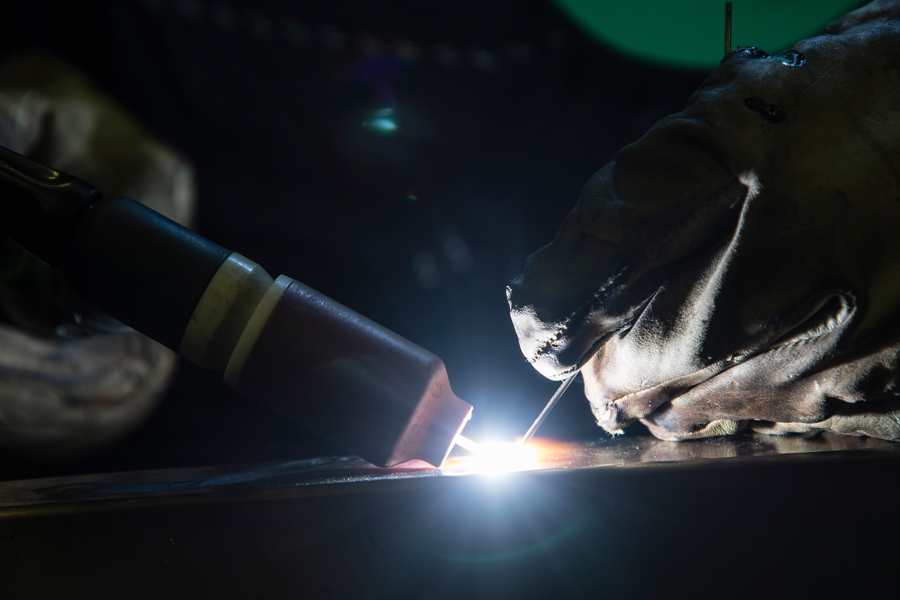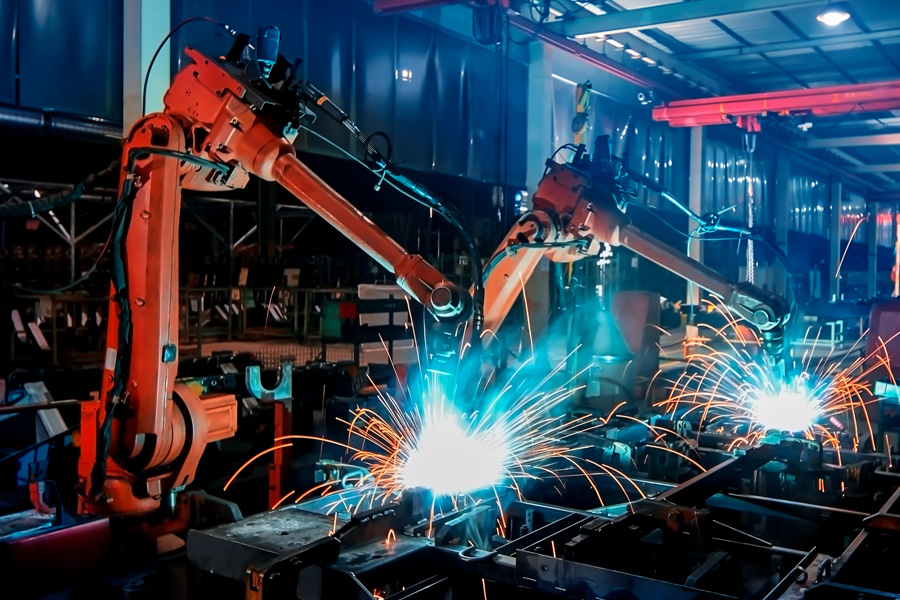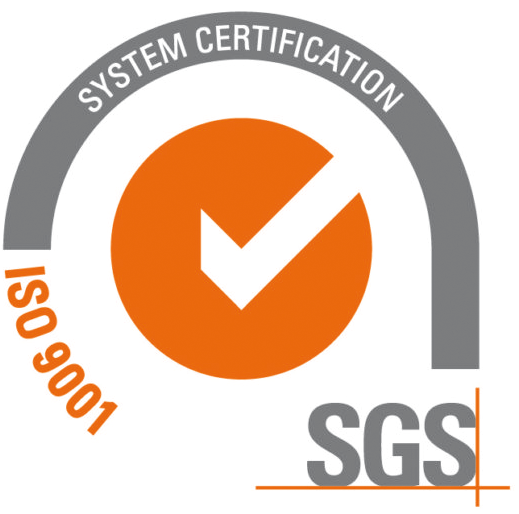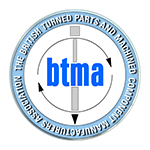MIG Welding
What is MIG Welding used for?
MIG (Metal Inert Gas) welding, also known as gas metal arc welding (GMAW), allows high-efficiency joining of steel and aluminium parts. It’s a versatile process for automotive, aerospace, construction, and other production environments working extensively with these metals. MIG delivers simplified operation and reliability to rapidly mass fabricate welded components, frames, and assemblies where quality throughput and cost competitiveness matter.
What is the MIG Welding Process?
Using this process, an electric arc forms between a consumable wire electrode and grounded base metal while an inert gas shields the weld pool from atmospheric contamination. The welding gun nozzle channels the shielding gas around the arc and molten weld pool. The wire electrode feeds continuously through the welding gun, melting to deposit weld metal into the joint. Common shielding gases for MIG welding are argon, helium or mixes like argon/CO2. These gases prevent oxidation during welding. The most common wire types used are mild steel, aluminium, stainless steel and for some alloys.
Top 4 Benefits
MIG welding provides metal fabricators several advantages that explain its widespread industrial use:
Speed
Deposition rates for MIG exceed competing processes like stick or TIG welding. Its productivity aids industries requiring rapid production.
Quality
The inert gas shield and consistent wire feed enable solid, clean welds with minimal spatter and smoke produced.
Simplicity
With just a few parameters to set, it has a short learning curve. Operators can quickly become productive with basic training.
Adaptability
The MIG process works across many materials and thicknesses. Adjusting voltage, wire speed and technique allows welding a wide range of metal components.
Are there limitations to using MIG Welding?
Despite there being significant advantages, there are some downsides which metal fabricators consider for projects as listed below:-
Understanding these limitations allows manufacturers to supplement MIG welding with other techniques when required by product specifications.
Equipment required
With the right welding equipment and setup, it can boost efficiency and quality versus manual welding approaches through automated, continuous processes. Carrying out MIG welding operations requires several vital components:-
Mig Welding Facilities at our Premises
To support you with your welding project, we have the following at our manufacturing premises:-
Get in touch to discuss your project.

What is TIG Welding?








